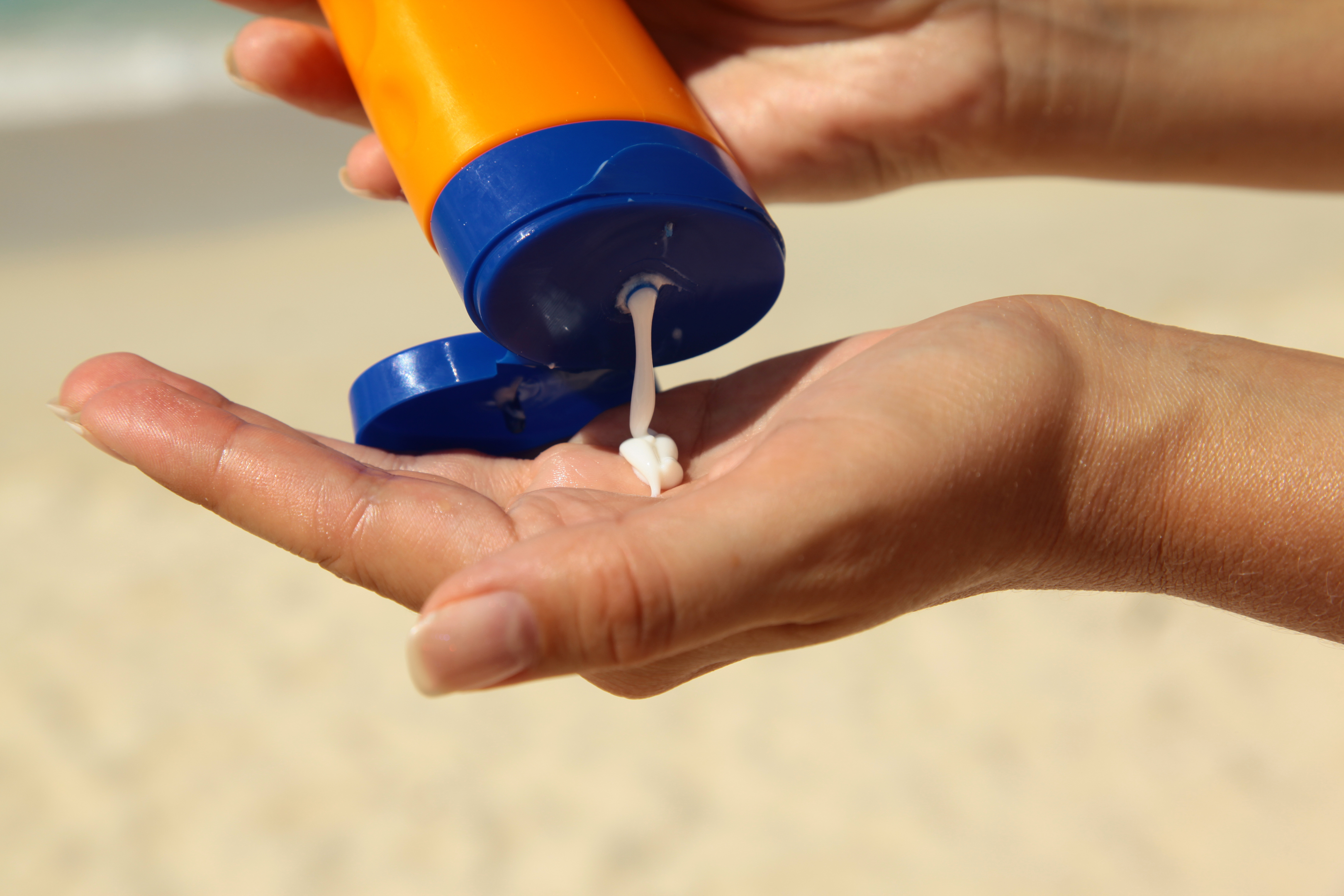
THE most expensive sunscreen in a test of leading brands failed to provide its claimed level of protection, according to an independent survey.
Avon’s £10 Sun+Multi Protection Moisturising Sun Lotion SPF 30 was the only product to fail the annual Which? SPF (sun protection factor) test, with the consumer group branding it a “Don’t buy”.
Thirteen other products from international brands such as Hawaiian Tropic and Nivea as well as high street own-brands including Morrisons and Superdrug passed the British Standard SPF and UVA tests.
The cheapest sunscreen to pass the testing was Aldi’s £2.79 Lacura Suncare Spray SPF30 200ml.
The sunscreens tested are designed to protect against two types of ultraviolet radiation, UVA and UVB.
Both types can raise the risk of skin cancer, although UVB is the main cause of sunburn and UVA has been linked to premature ageing of the skin.
Which? also repeated a warning to consumers to avoid once-a-day products after tests on four last year found the average drop in SPF after six to eight hours was 74% – meaning a hypothetical SPF30 product would drop to SPF8.
It raised concerns that use-by dates are not compulsory on sunscreen products in the UK, where a “period after opening” logo is often used instead.
A YouGov poll this week found that half of Britons who wear sunscreen could be leaving themselves unprotected from UV rays by using out-of-date products.
The survey found that among those who use sunscreen, almost one in five (18%) are knowingly using expired sun cream while a further 33% are potentially unwittingly using it by never checking the expiry date.
Which? magazine editor Richard Headland said: “Sunscreens are a key part of sun safety so it’s important to pick a product you can rely on.
“It’s disappointing to see that, although most sunscreens passed our test, one didn’t provide the claimed level of protection.
“Manufacturers should only be selling products that live up to their claims which is why Which? will continue to monitor and challenge the industry.”

Enjoy the convenience of having The Sunday Post delivered as a digital ePaper straight to your smartphone, tablet or computer.
Subscribe for only £5.49 a month and enjoy all the benefits of the printed paper as a digital replica.
Subscribe